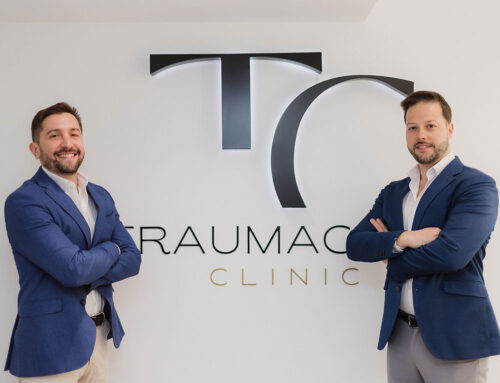Pain management and pain solutions are two approaches to dealing with pain, but they differ in their goals and strategies.
Pain Management: Pain management focuses on reducing pain and improving the quality of life for individuals who experience chronic or persistent pain. It involves a holistic approach that combines various techniques and treatments to help individuals cope with their pain. Pain management aims to provide relief and improve functionality rather than completely eliminating the pain.
Common strategies used in pain management include:
- Medications: Prescribing pain medications, such as nonsteroidal anti-inflammatory drugs (NSAIDs), opioids, or muscle relaxants, to help manage pain symptoms.
- Physical Therapy: Utilizing exercises, stretches, and other physical interventions to strengthen muscles, improve flexibility, and enhance overall physical function.
- Occupational Therapy: Teaching individuals techniques to manage pain during daily activities and recommending modifications to reduce pain-related limitations.
- Psychological Approaches: Incorporating techniques like cognitive-behavioral therapy (CBT) to address the emotional and psychological impact of pain, helping individuals develop coping strategies and manage stress.
- Lifestyle Modifications: Encouraging healthy lifestyle choices, such as regular exercise, proper nutrition, and stress management, which can have a positive impact on pain levels.
The goal of pain management is to minimize pain, enhance functionality, and improve overall well-being by employing a combination of strategies tailored to each individual’s needs.
Pain Solutions: Pain solutions focus on identifying and addressing the underlying causes of pain with the intention of resolving it completely or significantly reducing its intensity. This approach aims to provide long-term relief by targeting the source of the pain.
Some examples of pain solutions include:
- Surgical Interventions: In cases where the cause of pain can be identified and addressed surgically, procedures may be performed to correct the underlying issue and relieve the pain.
- Interventional Procedures: These minimally invasive procedures, such as nerve blocks, epidural injections, or radiofrequency ablation, aim to interrupt pain signals or alleviate inflammation in specific areas.
- Alternative Therapies: Some individuals explore non-traditional approaches like acupuncture, chiropractic care, or herbal remedies, seeking pain relief without relying on medications or invasive procedures.
The primary objective of pain solutions is to identify and address the root cause of pain, providing long-lasting relief whenever possible.
It’s important to note that pain management and pain solutions are not mutually exclusive approaches.
Depending on the individual’s condition, a combination of pain management techniques and targeted pain solutions may be necessary to achieve optimal outcomes. The choice of approach depends on the nature of the pain, the underlying cause, and the individual’s preferences and goals for pain relief. Consulting with healthcare professionals is crucial to determine the most suitable approach for each individual.






Leave A Comment